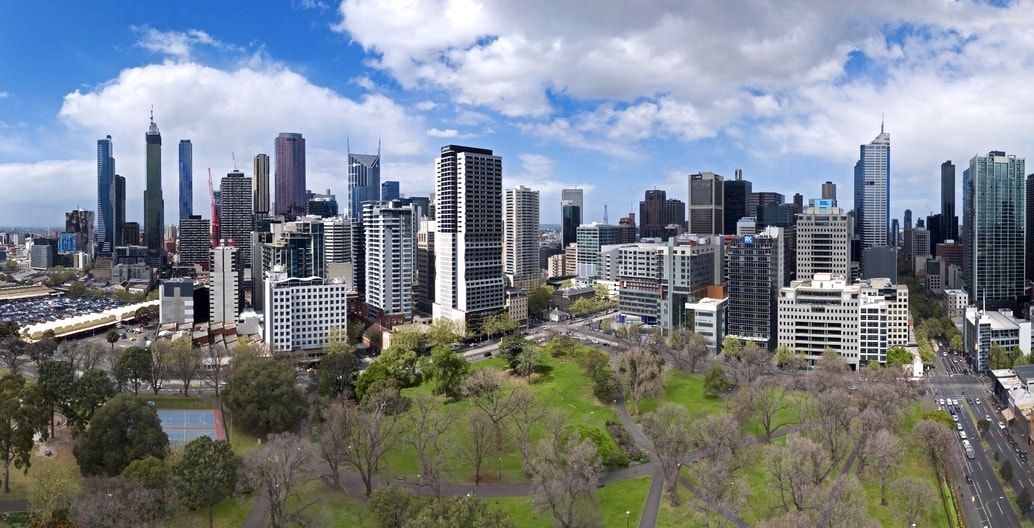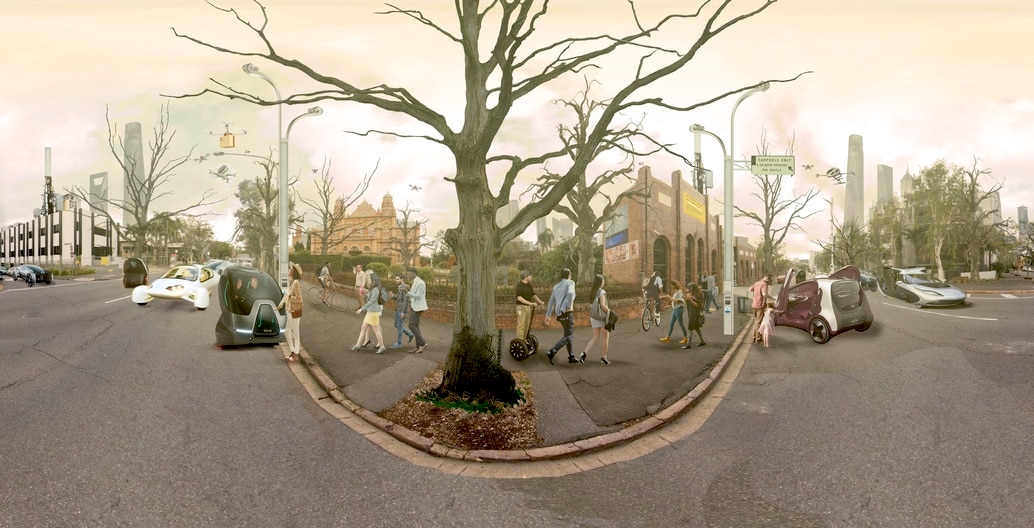
The Foreground five: our most-read stories for August
Green is good, with three of our most-read stories exploring the past and future of urban parks, squares and open spaces. And we find out that ‘infrastructure’ can serve communities very well if we can get beyond mass media obsession with roads to rethink other pressing priorities.
1. It’s happening on the verge: community experiments in greening the streets
Streets and roads are the dominant infrastructure concern of governments and most streets are conceived as conduits for vehicles. How might streets be re-conceived to contribute more to communities? And how do green streets help grow caring and just communities?
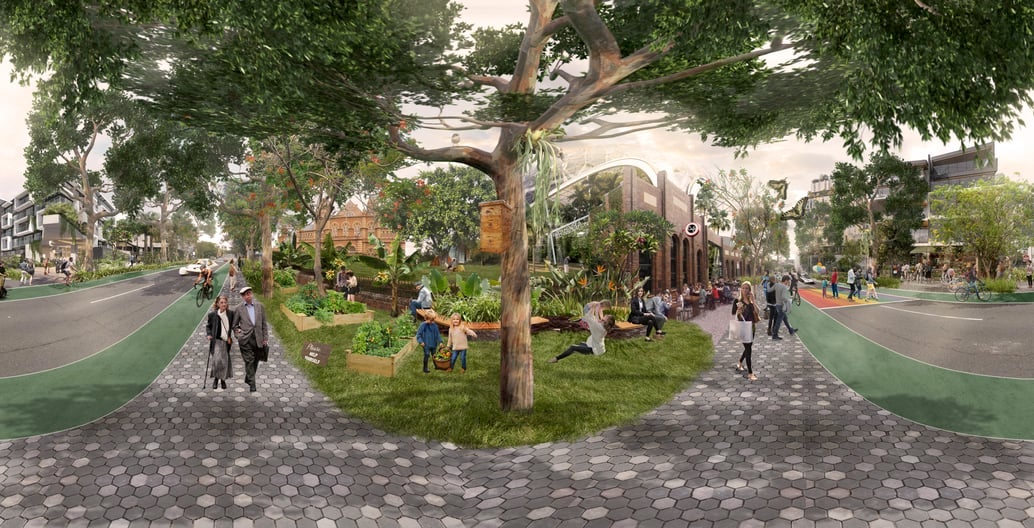
2. The Green Necklace: a new perspective on Sydney Harbour’s parklands
Many of Sydney Harbour’s built structures are heritage listed but the landscapes that give the Harbour Bridge and Opera House their power are not recognised for their cultural significance. A timely study of the harbour’s “green necklace” of cultural landscapes looks to change that.
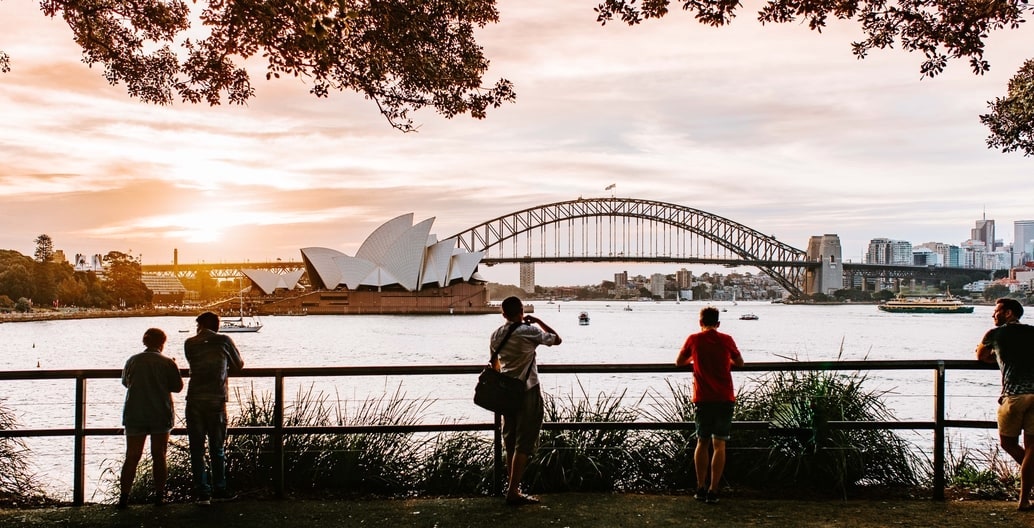
3. When it comes to urban infrastructure, big doesn’t have to mean bad
Provision of well-engineered transport, energy and other service infrastructure is essential to good urban functionality. But as Australia undergoes an infrastructure boom, let’s not forget these major works can and should contribute to the social, cultural and human qualities of our cities
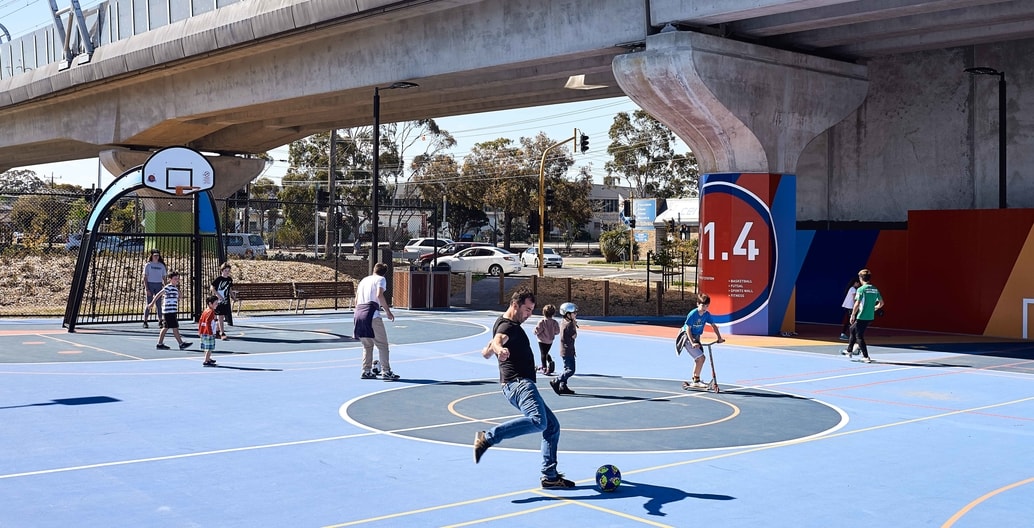
4. Foreground Weekly Review: Australia’s infrastructure crisis is not about roads
The release of two important federal government reports paints a long-term picture of the urgent need to reconsider our priorities when it comes to infrastructure spending. So why has media attention focused yet again on roads?
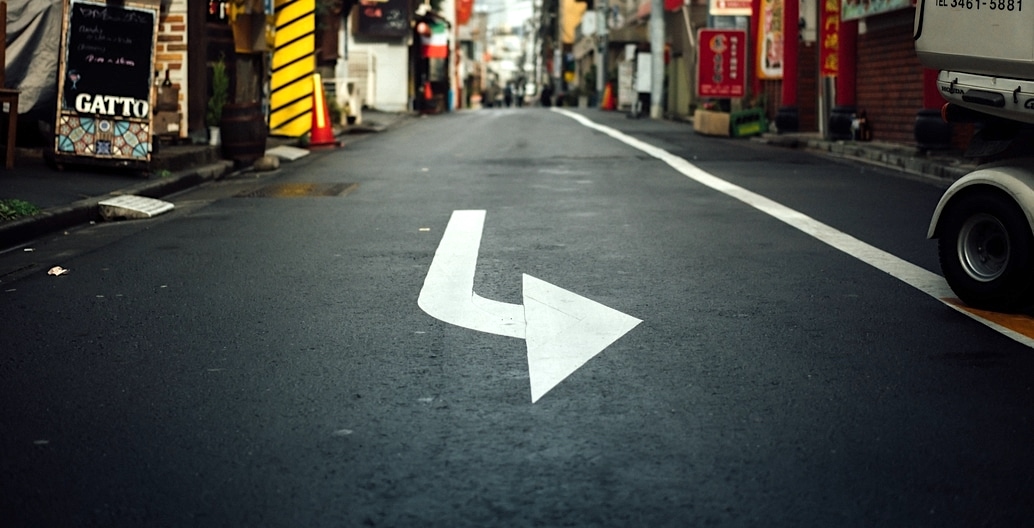
5. The square & the park: an international festival
Squares and parks are the most well known public spaces in the world. Resilient and changeable, parks and squares are the central theme of the International Festival of Landscape Architecture, hosted by AILA, in Melbourne this October.
